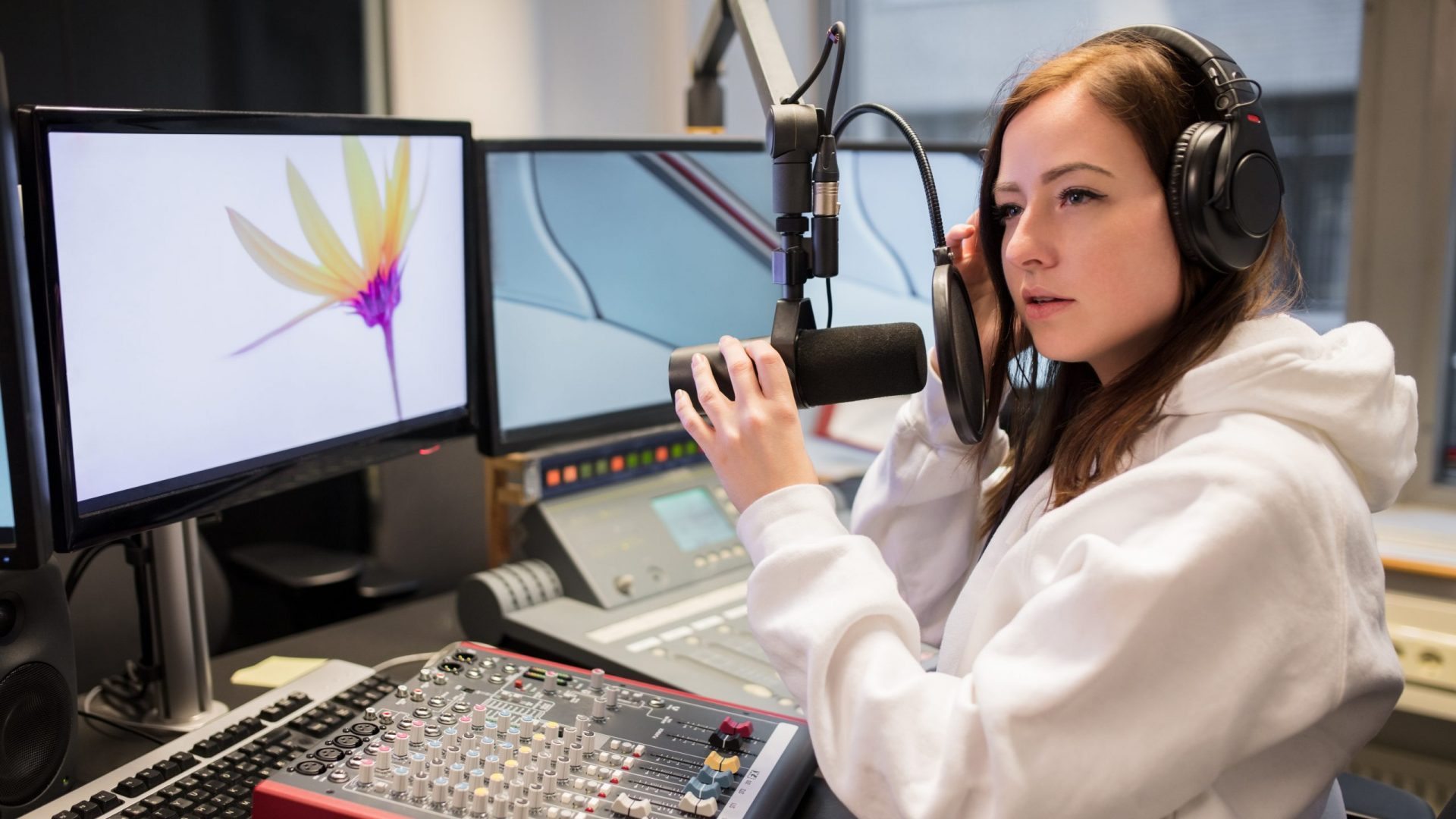Once you’ve implemented the initial tips for improving audio quality on a budget for your podcast, here are the next logical steps to further enhance your podcast’s audio quality:
1. Monitor and Adjust Levels: Pay close attention to audio levels while recording and editing. Ensure that your voice remains consistent in volume throughout the episode. Use the built-in meters in your recording software to monitor levels and avoid clipping (audio distortion due to levels being too high).
2. Practice Proper Mic Technique: Continuously work on your microphone technique. Maintain a consistent distance and angle from the microphone to avoid variations in sound quality. Learn to control plosive sounds (pops) and sibilance (harsh “s” sounds) by adjusting your speaking angle and distance.

3. Script and Rehearse: Plan your podcast episodes in advance. Create a script or outline to ensure a structured and organized discussion. Rehearse your content to reduce filler words (um, uh, like) and maintain a smooth flow.
4. Guest Management: If you have guests on your podcast, communicate the importance of good audio quality and proper mic technique to them. Encourage them to use headphones and a microphone if possible to ensure the best audio quality from their end.
5. Use Headphones: Wear headphones while recording to monitor the audio in real-time. This will help you catch any issues, such as background noise or distortion, as they occur, allowing you to make adjustments immediately.
6. Soundproofing and Acoustic Treatment: Continue to improve your recording environment. Invest in inexpensive acoustic treatment options, like foam panels or blankets, to further reduce room reflections and background noise. These can make a noticeable difference in audio quality.
7. Editing Skills: Continue to develop your audio editing skills. Learn how to use your editing software to its fullest potential. Remove unnecessary pauses, background noise, and mistakes. Apply compression, EQ, and other effects judiciously to enhance the audio.
8. Listen and Learn: Regularly listen to your own podcast episodes critically. Pay attention to areas where you can improve, such as audio quality, pacing, or content delivery. Take listener feedback into account and make adjustments accordingly.
9. Consider a Mixer or Audio Interface: If you’re using USB microphones and want more control over your audio, consider investing in a budget-friendly mixer or audio interface. These devices can provide better control over audio levels and offer phantom power for condenser microphones.
10. Learn from Others: Study successful podcasters and content creators who produce high-quality audio. Listen to their podcasts and try to identify what makes their audio sound great. Incorporate some of their techniques into your own podcasting approach.
Remember that improving audio quality is an ongoing process. As you gain experience and your budget allows, you can consider upgrading your equipment and investing in more advanced audio processing tools. However, even on a low budget, consistent effort and attention to detail can lead to significant improvements in the quality of your podcast’s audio.

